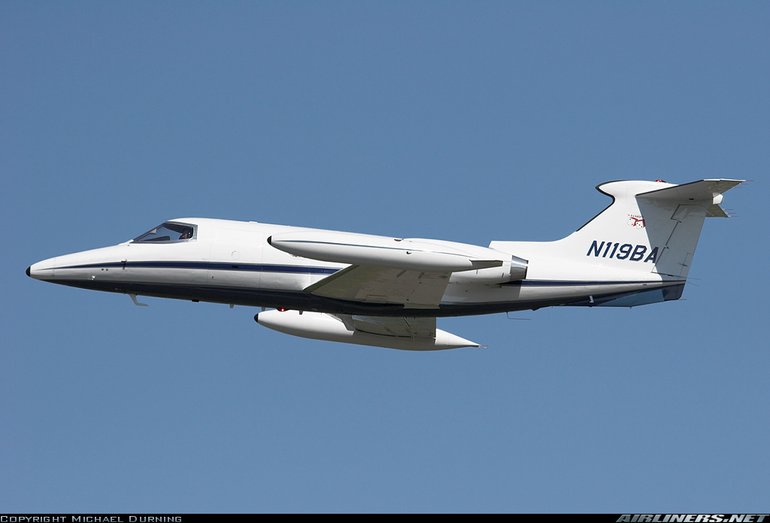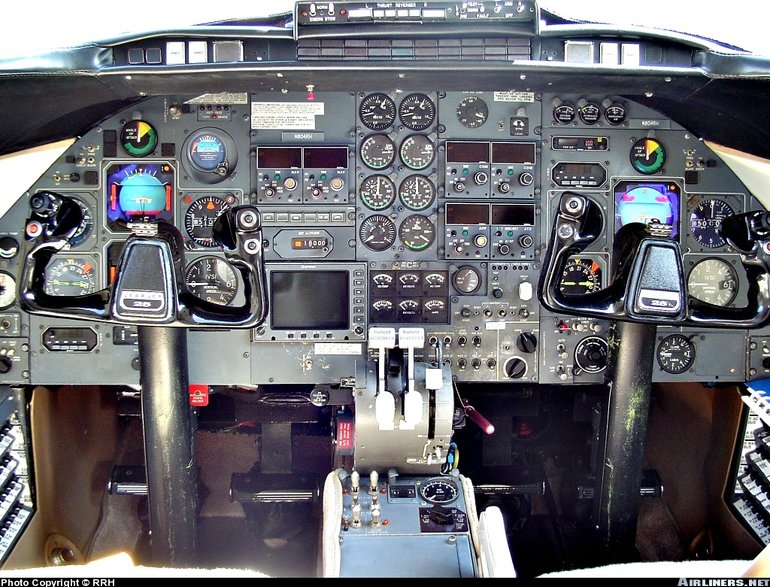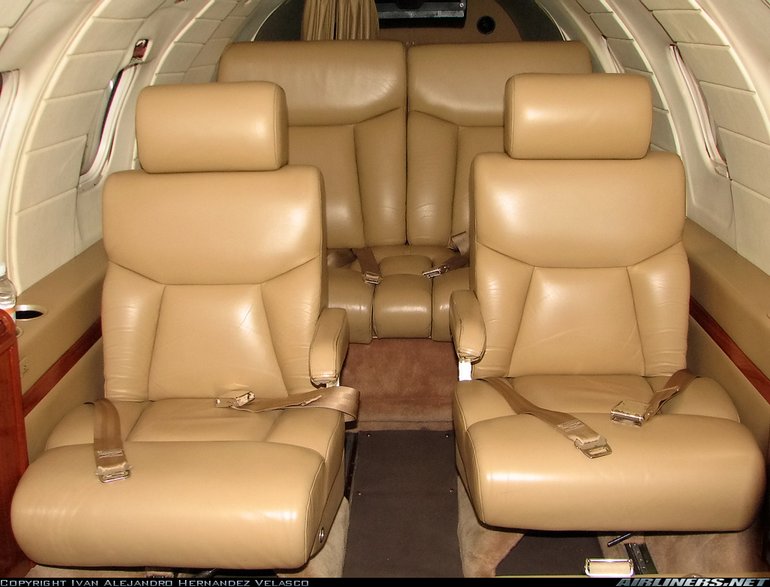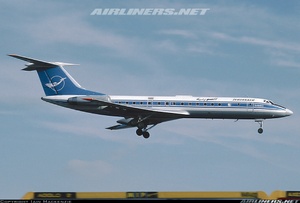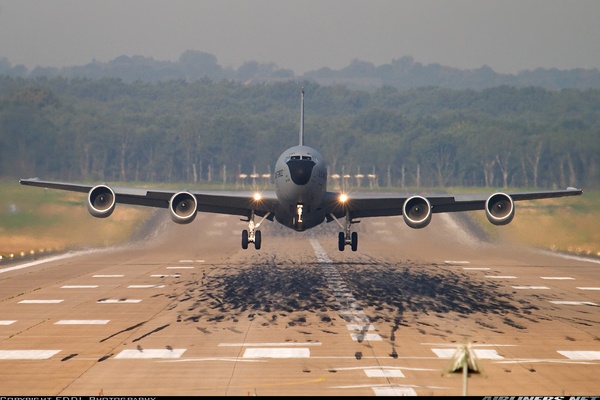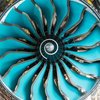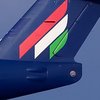Lear Jet 23/24/25/28/29
Details
Country of Origin
United States of America
Type
Light corporate jets
History
One of the world's largest, fastest, best selling and well known series of business jets, the Learjet family began with the original six to eight seat Lear Jet 23 which first flew on October 7 1963.
The 23 originated in Switzerland, where William P. Lear had formed the Swiss-American Aviation Corporation (SAAC) in 1960 to manufacture a twin-jet high-speed executive aircraft, the SAAC-23. This aircraft was designed and conceived by Dr.eng. Hans-Luzius Studer, who previously had developed the FFA P-16 fighter. The aerodynamics and many other characteristics of the 23 were taken over from the P-16. Although it was originally planned to manufacture at least the first 25 Lear Jets in Switzerland, production was transferred to the United States, where Lear had founded Lear Jet Corporation.
The diminutive Model 23 pioneered an entirely new market segment for the light business jets, and proved very successful. The first production 23 was delivered in October 1964, but was replaced by the improved Model 24 in 1966 after 105 had been built. The 24, which introduced uprated engines and a number of detail changes, first flew in February 1966 and was delivered from the middle of that year. Developments of the 24 included the 24D, E and F, introducing improvements such as increased weights, thrusts, and range.
The Learjet 25 introduced a 1.27m (4ft 2in) fuselage stretch allowing seating for up to eight passengers and was first flown on August 12 1966, and, like the 24, a number of subsequent developments were built, including the B, C, and D.
In 1966 the name of the manufacturer changed to Lear Jet Industries, and in January 1970 Gates Rubber Company, who had bought a controlling interest, changed the name again, to Gates Learjet Corporation.
The unsuccessful Gates Learjet 28 and 29 Longhorns are based on the 25 but introduced a new increased span wing fitted with winglets, which improved fuel efficiency and overall performance, particularly payload range and fuel economy. The Longhorn 28 seats up to eight passengers, the similar dimensions Longhorn 29 sacrifices two seats for extra range. Production of the family ceased in 1982.
Learjets are known for their tight accomodation. Max internal cabin width is just 1.50m (4ft 11in), max height 1.32m (4ft 4in).
Powerplants
23 - Two 12.7kN (2850lb) General Electric CJ610-4 turbojets.
25D/29 - Two 13.1kN (2950lb) CJ610-8As.
Performance
23 - Max speed 860km/h (465kt), max cruising speed 850km/h (460kt), economical cruising speed 817km/h (440kt). Range with max fuel and reserves 2660km (1436nm).
25D - Cruising speed 860km/h (465kt). Range with four passengers and reserves 2663km (1438nm).
29 - Max speed 883km/h (477kt), max cruising speed 836km/h (452kt), economical cruising speed 756km/h (408kt). Service ceiling 51,000ft. Range with four passengers, max fuel and reserves 2550km (1376nm).
Weights
23 - Empty 2974kg (6550lb), max takeoff 5675kg (12,500lb).
25D - Empty equipped 3465kg (7640lb), max takeoff 6805kg (15,000lb).
29 - Empty 3730kg (8224lb), max takeoff 6805kg (15,000lb).
Dimensions
23 - Wing span 10.84m (35ft 8in), length 13.18m (43ft 3in), height 3.73m (12ft 3in). Wing area 21.5m2 (231.77sq ft).
25D - Same except for length 14.50m (47ft 7in).
29 - Same as 25 except for wing span 13.35m (43ft 10in). Wing area 24.6m2 (264.5sq ft).
Capacity
23/24 - Flightcrew of two. Max seating in main cabin for six, typical seating for four.
25/28 - Flightcrew of two. Main cabin seating for up to eight passengers.
29 - Flightcrew of two and seating for six passengers.
Production
740 turbojet powered Lear Jets built, comprising 105 23s, 258 24s, 368 25s; five 28s and four 29s. In late 2002 34 23s, 211 24s, 314 25s, five 28s and four 29s were in service worldwide.
Related Links
Lear Jet 23/24/25/28/29
The backbone of this section is from the The
International Directory of Civil Aircraft by Gerard Frawley
and used with permission. To get your own copy of the book
click here.
